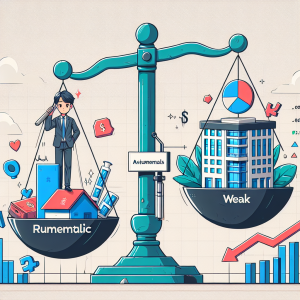The recent introduction of tariffs by President Donald Trump has ignited significant concern among economists regarding the potential ripple effects on the global economy, particularly in Australia. As the U.S. implements a 10% universal duty on all imports alongside additional tariffs on goods from roughly 90 nations, the implications for international trade and economic stability are profound. While the intention behind these tariffs is to repatriate manufacturing jobs and stimulate demand for American products, experts caution that they may inadvertently lead to inflationary pressures and an economic slowdown—factors that could heighten the risk of recession in Australia.
Australia’s economy, heavily reliant on trade, is particularly vulnerable to shifts in U.S. economic policy. With the U.S. being a major trading partner, any slowdown in American consumer spending could directly impact Australian exports. As U.S. businesses face increased costs from imported goods, these expenses are likely to trickle down to consumers, leading to higher prices. This scenario could suppress consumer spending in the U.S., which is a vital driver of economic growth. If households curb their spending due to rising costs, the consequences could be felt globally, including in Australia.
Economic Projections and Risks
Recent projections from Moody’s Analytics suggest that if retaliatory tariffs from countries such as China—who has already announced a 34% tariff on U.S. imports—come to fruition, the U.S. GDP could contract by approximately 2%. This contraction could push unemployment rates up to 7.5%, creating a cycle of stagnation and inflation, or stagflation. Such economic conditions would not only challenge the U.S. Federal Reserve’s ability to maintain price stability but could also prompt a recession in the U.S. by late 2025, with forecasts indicating a 1% decline in GDP in the third quarter and a 0.5% decline in the fourth quarter.
Impact on Financial Markets
The repercussions of these tariffs have already begun to manifest in financial markets. Major indices, including the Dow Jones Industrial Average and the S&P 500, have entered correction territory, reflecting investor anxiety over the potential for sustained economic downturns. The Nasdaq Composite, heavily weighted with technology stocks, has experienced even sharper declines, indicating that investors are reassessing valuations amidst economic uncertainty.
For Australia, the interconnectedness of global markets means that a recession in the U.S. could lead to reduced demand for Australian commodities and services, thereby stifling growth prospects. As Australia’s economy has shown resilience in recent years, the looming threat of external shocks from U.S. tariffs and the resulting global economic slowdown raises alarms for policymakers.
Conclusion
In conclusion, while the U.S. economy currently enjoys low unemployment rates and steady growth, the long-term implications of Trump’s tariffs present substantial risks. The potential for a recession in Australia, driven by decreased trade with the U.S. and China, underscores the importance of vigilance in monitoring these developments. As the global economy navigates these turbulent waters, Australian policymakers and businesses must prepare for the challenges that lie ahead, ensuring that they remain adaptable in an increasingly uncertain economic landscape.





